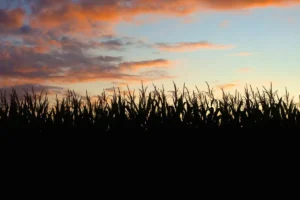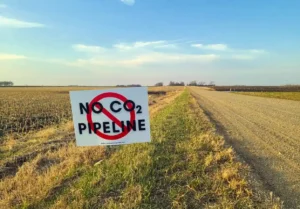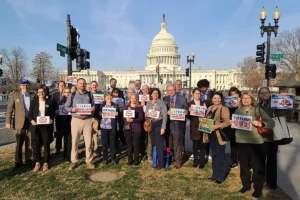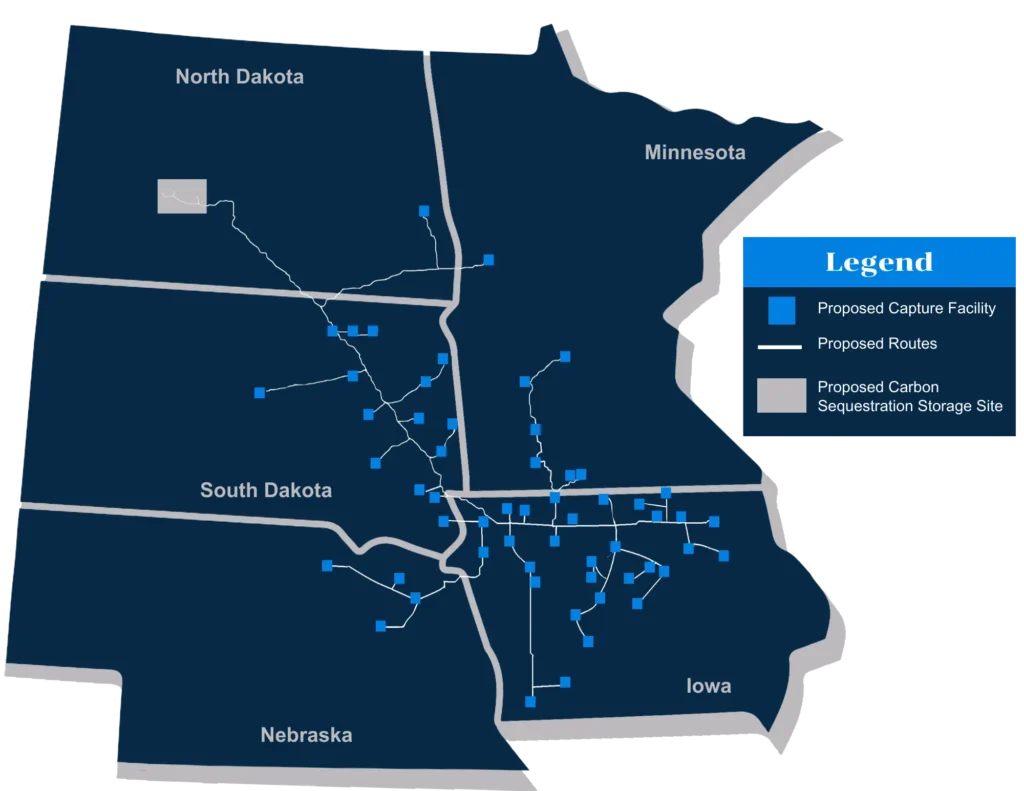Carbon pipelines are not the answer to rural prosperity, vibrant communities, thriving ecosystems, or a livable climate. Rural Minnesotans need a say in the future of our land, water, energy, infrastructure, and the economic opportunities that will impact our lives, livelihoods, and communities.
Stay in the Loop with CURE's fight against CO2 Pipelines
Carbon Pipelines MN : Together we have power

What’s the deal with the Summit CO2 pipeline?
Back in April, we reported the big news out of South Dakota that would seem to strike a fatal blow to Summit Carbon Solutions’ multi-state,

South Dakota regulators reject Summit’s CO2 pipeline permit
MN PUC declines to reconsider CO2 pipeline permit decision for Otter Tail & Wilkin Counties On April 21st, Summit Carbon Solutions—the company proposing to build

CO2 Pipeline Resistance to Congress: Cut the Waste, Repeal 45Q
*99.9% of the tax credits are claimed by massive oil and gas interests. Carbon capture is the most expensive, least effective climate mitigation strategy.
Over 2000 miles of Carbon Capture Utilization and Storage (CCUS) pipelines are proposed across the Midwest, including in Minnesota. These pipelines are part of projects that claim to capture carbon dioxide (CO2) from Midwest ethanol plants and other industrial facilities, transport it through high-pressure pipelines, and either store it underground or find other uses for it. But, CCUS technology has proven unsuccessful at capturing, transporting, and storing CO2 for a climate-relevant period of time (1,000 years or more). In some applications, like at coal-fired power plants, CCUS keeps outdated technology operating (and polluting) for decades longer than originally intended. A major concern with the CCUS projects proposed in the Midwest is that the majority of the CO2 captured today is used for Enhanced Oil Recovery (EOR), a process in which CO2 is injected into depleted oil wells to extract otherwise unattainable oil. North Dakota regulators keep expressing their desire for more CO2 to be sent to their state to expand EOR for oil production.
Summit Carbon Solutions / Midwest Carbon Express Pipeline
Proposed by Summit Carbon Solutions (a subsidiary of Summit Agricultural Group), the Midwest Carbon Express Pipeline connects ethanol plants and other industrial agriculture facilities in five states with a pipeline that leads to North Dakota. In Minnesota, Summit has contracts with ethanol plants in Atwater, Fairmont, Fergus Falls, Granite Falls, Heron Lake, Lamberton and Welcome. The northern branch of the pipeline will run through Otter Tail and Wilkin Counties. The southern branch will run through Chippewa, Cottonwood, Jackson, Kandiyohi, Martin, Redwood, Renville, and Yellow Medicine Counties.
In public statements, the company maintains that the CO2 will be permanently sequestered in ND, but Executive Chairman of Summit Agricultural Group, Bruce Rastetter, is on record as saying the project would not be possible without the prospect for EOR.
Summit has been moving quickly to get landowners to sign permanent easements that offer only three years of crop loss compensation. Meanwhile, farmers and landowners are taking the risk of reduced crop yields and a hazardous pipeline on or near their land, while Summit will collect billions in taxpayer-funded 45Q tax credits.

Map from https://summitcarbonsolutions.com/project-footprint
Navigator CO2 Ventures’ / Heartland Greenway Pipeline – CANCELLED thanks to pressure from the 5-state resistance campaign
A second CO2 pipeline planned for the region (including in Minnesota), was cancelled in October 2023.
Navigator CO2 Ventures’ pipeline would have connected ethanol refineries and other undefined “industrial sources” in Illinois, Iowa, Minnesota, Nebraska, and South Dakota to a pipeline that was be routed to Illinois.
CCUS Safety Concerns
- When CO2 mixes with water, it forms carbonic acid, which can acidify wells, aquifers, lakes, and rivers.
- CO2 is an asphyxiant, posing serious risks to humans and animals.
- Being denser than air, CO2 tends to settle in low-lying areas.
- CO2 pipelines are highly pressurized—typically between 1,100 and 2,200 pounds per square inch (psi)—compared to natural gas pipelines which range from 500 and 1,400 psi.
- CO2 is colorless and odorless, making leaks difficult to detect.
- Most local EMS units, especially in rural areas, are not equipped to manage a leak or rupture of this nature and at this pressure.
- Geologic sequestration requires detailed, site-specific knowledge of the target reservoir and continuous monitoring. Recent well breaches in Illinois raise questions about the safety of geologic sequestration.
What does a carbon pipeline rupture look like?
Learn more about the carbon pipeline that ruptured in February 2020 in Satartia, MS.
Minnesota Process & Regulations on CO2 Pipelines
Minnesota Statutes section 216G assigns the Public Utilities Commission (PUC) as the agency in charge of the permitting process for pipeline routing in the state. Under this statute, no entity may construct a pipeline without first obtaining a routing permit from the PUC.
Depending on the pipeline’s proposed location, it may be subject to additional regulation, including water crossing permits under Minnesota Statutes section 84.415, subdivision 1, public waters permits under Minnesota Statutes sections 103G.245 and 103G.301, and local ordinances.
Carbon Pipelines MN and CURE are not affiliated with Summit Carbon Solutions or any other pipeline company.
Carbon Pipelines MN is a project of CURE, a 30-year-old rural grassroots non-profit organization based in Montevideo, MN. CURE organizes Minnesotans around democracy, clean energy, and rural development.

